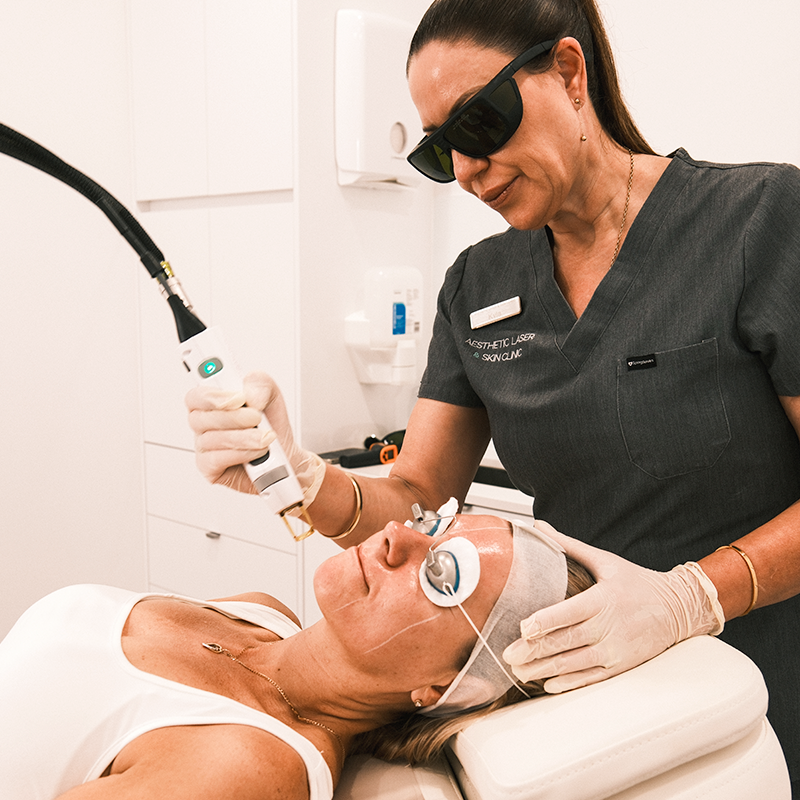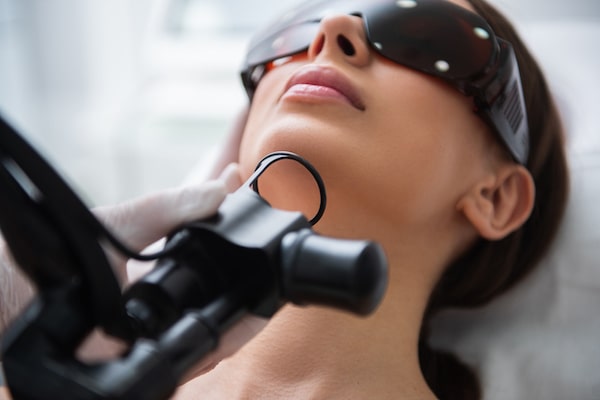6 Easy Facts About So Sol Skin & Body Shown
Table of ContentsSome Known Factual Statements About So Sol Skin & Body Our So Sol Skin & Body StatementsSome Known Details About So Sol Skin & Body An Unbiased View of So Sol Skin & BodyThe Best Strategy To Use For So Sol Skin & BodySee This Report on So Sol Skin & BodyThe Main Principles Of So Sol Skin & Body
Despite your age, much of you are bothered over adjustments in your skin and what can be done about it. The great information is, indeed there are remedies. Talk with a skin care and laser specialist to discuss your options. Much healthier, more youthful looking skin is feasible!.While they all have similar attributes, each laser procedure has different results. Allow's look at which lasers work best for typical skin problems.
So Sol Skin & Body Things To Know Before You Get This
Ablative lasers evaporate the leading layers of damaged skin, while non-ablative lasers work much deeper in the skin without getting rid of or harming the leading layers. For this factor, you will not have any downtime (the time when the top layers of skin recover) after having a cosmetic procedure that makes use of only non-ablative laser technology.
The wavelength of the laser is the main distinction between each kind of laser, and the appropriate laser is chosen to target various skin concerns (botox caloundra). Because of this, your surgeon may recommend a combination of a number of other lasers to deal with all of the problems you may have. For treating lines and creases, a mix of skin resurfacing and skin-tightening treatments can be utilized, or both can be achieved with an extra aggressive ablative laser, such as a CARBON DIOXIDE (co2) laser or Erbium lasers.
In enhancement, nonlaser, light-based therapies, such as Titan infrared devices and Thermage radiofrequency-based systems, have actually succeeded. The pulsed color lasers are most typically used to treat pigmented lesions, such as sunspots, age spots, melasma, and various other types of hyperpigmentation. Nd: YAG (neodymium-doped yttrium aluminum garnet) lasers and fractional CO2 lasers, in addition to non-laser, light-based treatments, such as IPL.
So Sol Skin & Body - Truths
, the CO2 laser remains the gold standard. Current growths such as the erbium: YAG, fractional laser, and specific non-ablative lasers have actually shown substantial success in dealing with shallow acne scarring. Many various methods of light-based technology are being made use of in the world of cosmetic surgical procedure today.
These innovations consist of IPL, LED therapies, Titan, and similar infrared energy-based modern technologies and radiofrequency-based treatments, such as Thermage. Lasers are used to deal with a variety of cosmetic skin problem such as wrinkles, acne, scars, or the removal of unwanted tattoos or hair. Lasers emit distinct wavelengths of light and are thought about ablative or non-ablative.
Carbon dioxide lasers, erbium: YAG, fractional lasers, and certain non-ablative lasers can be utilized to treat acne marks. Non-ablative lasers may take almost no time at all to heal. Ablative laser therapy recovery time relies on the depth of the laser treatment and the specific healing process of each person, which can differ from two to 4 weeks.
So Sol Skin & Body - Truths

The Food and Drug Administration (FDA) classifies lasers into classes depending on the level of threat for each laser. Details lasers are meant only to be utilized in medical procedures and are considered laser danger course level IIIb or IV.
All about So Sol Skin & Body
The utmost laser device for skin resurgence and resurfacing. Inform III also by Cutera is a non-invasive multi-purpose laser that permits us to revitalise the skin and eliminate tattoos with little to no downtime, making use of 3 very efficient wavelengths (532, 1064 and 670nm) and double pulse periods (2ns and 660/750ps).

There are two types of laser resurfacing. First there's carbon dioxide (CO2) and erbium lasers. These lasers develop a consistent injury to your skin in the treatment area. The other type of laser resurfacing is called fractionated CO2 laser therapy. Fractionated carbon dioxide laser resurfacing includes utilizing the laser to pierce numerous slim columns of holes deep into the layers of your skin, yet with the bordering skin continuing to be neglected and intact.CO2 laser resurfacing has been made use of for several years to deal with different benign and malignant skin problem.
So Sol Skin & Body - An Overview
Because fractional CO2 laser resurfacing delivers many narrow columns of laser light to your skin, a lot of your skin is not injured. Your skin tightens up as the collagen between the treated laser openings agreements. The benefit of this kind of laser is that less skin is wounded. The threat is that because the laser light passes through a lot more deeply than other lasers, there's a better threat of difficult recovery and scarring.
Below is what to anticipate during and after resurfacing: Locations of the face to be dealt with are numbed with a anesthetic. General anesthetic might be used when the entire face is dealt with. A partial-face laserabrasion takes 30 to 45 minutes, and the full-face therapy takes 1-1/2 to 2 hours. Your face or area to be treated with be thoroughly cleansed.
You will after that cleanses the treated areas two to 5 best site times a day with saline or a watered down vinegar solution (see instructions below). An ointment such as Vaseline or moisturizing creams such as Eucerin, or Aquaphor are after that applied. The objective of utilizing ointments or creams is to stop any scab development.
The Best Guide To So Sol Skin & Body
